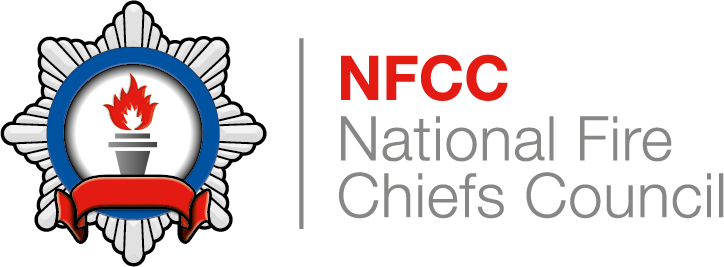Breathing apparatus malfunction and reporting procedure
Control Measure Knowledge
Dangerous occurrences are classified under the Reporting of Injuries, Diseases and Dangerous Occurrences Regulations (RIDDOR). The malfunction of breathing apparatus is defined as a dangerous occurrence:
- Where the malfunction causes a significant risk of personal injury to the user; or
- During testing immediately prior to use, where the malfunction would have caused a significant risk to the health and safety of the user had it occurred during use, other than at a mine
The RIDDOR definition applies to breathing apparatus used in contaminated atmospheres or where there may be a lack of oxygen. It refers to a session of use of the apparatus during or immediately before which a malfunction is detected. The malfunction may be present and be detected immediately before the session, including any testing by the wearer immediately before use, or it may occur at some point after the session has started.
The term ‘malfunction’ does not include leakage into a face mask due to a poor fit or a failure caused by an external source, such as damage due to entanglement or falling debris.
Dangerous occurrences must be reported to either the Health and Safety Executive or the Health and Safety Executive Northern Ireland. For information on how to do this, refer to either:
- Health and Safety Executive: When do I need to report an incident?
- Health and Safety Executive Northern Ireland: Report a dangerous occurrence
Further clarity on which BA malfunctions are reportable under RIDDOR has been provided by the Health and Safety Executive, Operational Circular, OC 208/6: Reporting of breathing apparatus malfunctions by fire & rescue services and other users
Following a BA malfunction, the following actions should be taken by an appropriate person:
- Take control of the BA set
- Record details including:
- The cylinder pressure before closing the cylinder valve
- The precise number of turns required to close the cylinder valve
- The time the BA wearer entered the incident
- The time the BA wearer left the incident
- All other information from the BA entry control board
- Any other obvious information regarding the condition of the set, without dismantling it or carrying out a detailed inspection
- Put the following items into a suitable bag which should be sealed, labelled and secured:
- The BA set
- The BA tally
- The face mask
- The cylinder
- The log book
- Inform the fire control room
- Record any remarks made by the BA wearer or other members of the BA team
- Obtain and record:
- Witness statements
- Briefing or debriefing logs
- Consider downloading and recording:
- Information from the BA telemetry board
- Thermal imaging camera data
- Body worn video footage
- CCTV information
- Complete any administration relevant to the investigation
